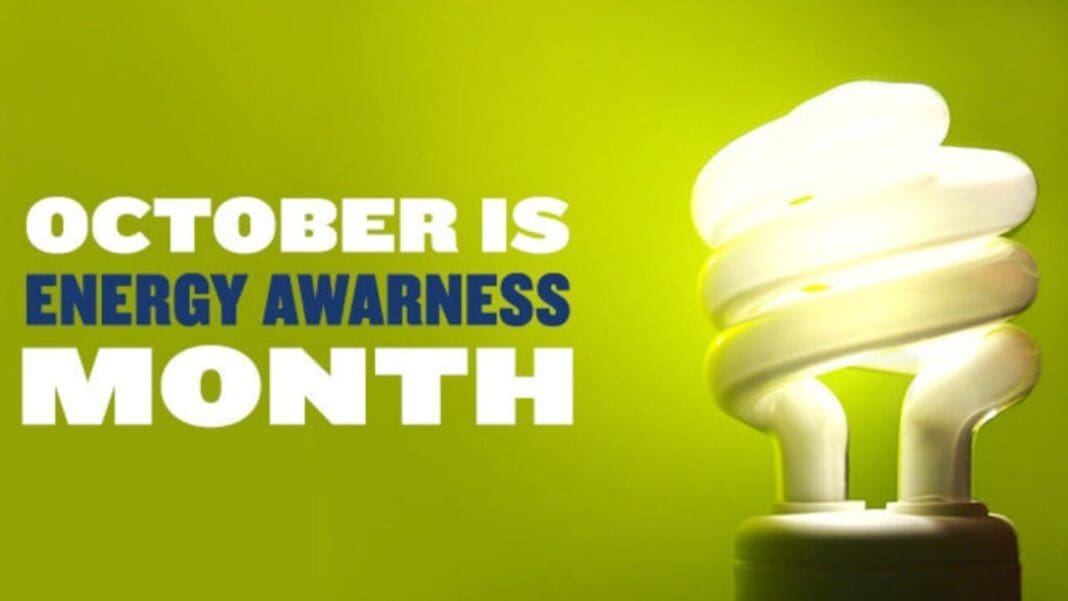In an era where environmental stewardship is a necessity and not a choice, the United States Postal Service (USPS®) leads by example with its Delivering for America Plan. The plan outlines how USPS will significantly reduce greenhouse gas emissions across all scopes by reducing Scope 1 and 2 emissions by 40 percent and Scope 3 emissions by 20 percent by 2030.
Energy use at USPS facilities is a major contributor to greenhouse gas emissions. Therefore, the goal is to reduce facility energy intensity by 25 percent by 2030. To reach this goal, USPS has leveraged the Utility Management System (UMS) — a comprehensive utility data tracking and management tool designed to enhance environmental and financial efficiency. Introduced in 2007 to strengthen federal environmental and energy management, the UMS has been instrumental in tracking and managing utility consumption and expenditures. The system includes a wide range of utilities such as electricity, natural gas, water, sewer, propane, steam, and heating oil.
n Detailed facility profiles, invoice payment, auditing, tax recoupment, and rate optimization.
n Notifications for crucial testing deadlines, such as those for backflow and natural gas line safety testing.
n A robust framework for monitoring utility use across its extensive network of facilities by centralizing data collection, data monitoring, and invoice payment.
As of FY 2023, the UMS tracked data from 9,357 facilities, and 3,046 additional facilities were integrated into the system. This expansion is and ongoing training programs are designed to enhance user proficiency and promote best practices for efficiency
By encouraging stakeholders to adopt measures that reduce consumption, USPS aims to foster a culture of sustainability.
The UMS has delivered substantial benefits in utility cost savings, consumption reduction, and progress towards our climate action goals.
n Established baselines used to create accurate capacity projections for sorting and distribution center planning.
n Ability to get better pricing for utility contracts.
n Avoidance of late fees and overages by consolidating utility bill payment.
n Detailed facility profiles that enable the identification, investigation, and remediation of utility-related issues data.
n Data for greenhouse gas inventory.
n Data availability for purchasing renewable energy.
n A savings of $1.2 million in costs due to refunded overages, clean energy credits, and dividend checks in FY 2023 alone.
The UMS is a vital tool in USPS efforts to build a sustainable future. Through meticulous data tracking and management, USPS not only reduces its environmental footprint, but also realizes significant cost savings and operational efficiencies. As the system continues to evolve, it will undoubtedly play a greater role in how the Postal Service™ continues to build a sustainable future. With the right tools and practices, a greener future is within reach.
To help USPS meet its goals there are some simple actions you can take:
n Switch off unnecessary lights.
n Unplug equipment such as cellphones, small electronics, coffee makers, and fans.



